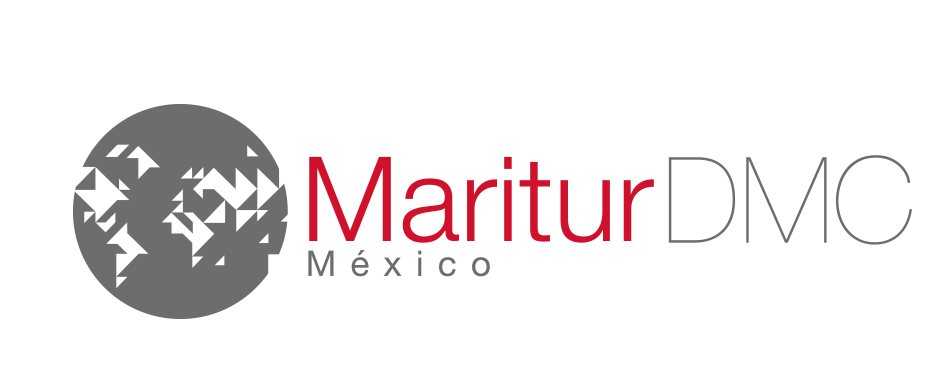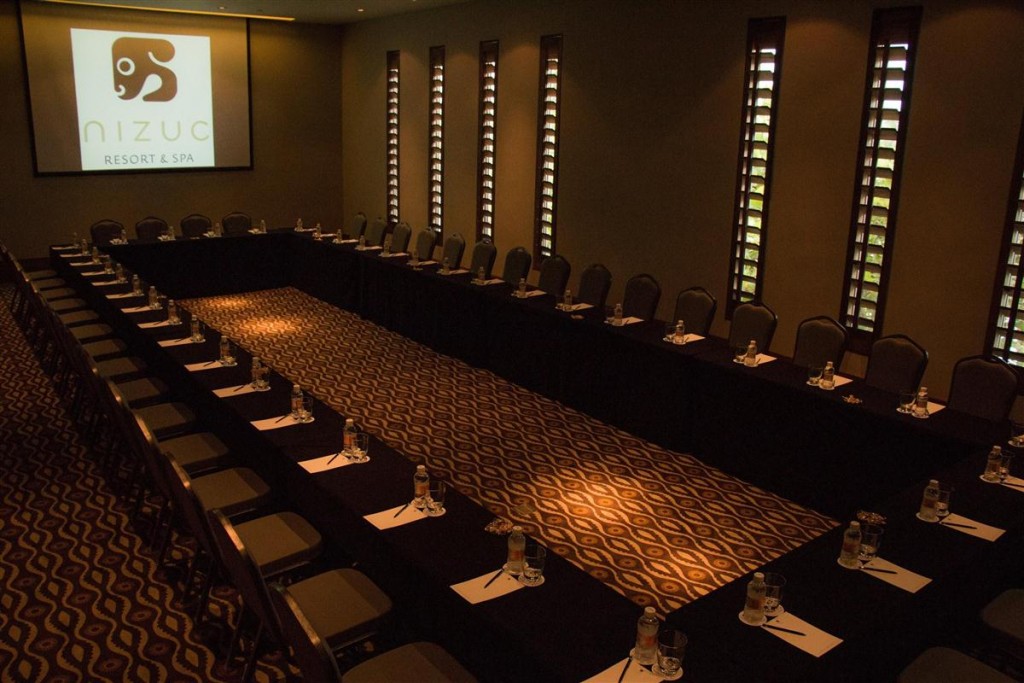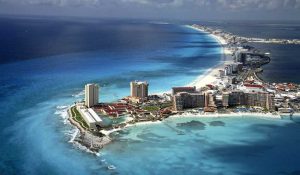Corporate incentive travel is a great way to motivate and reward your valuable employees. Incentive travel can be group or individual, and the destination can be local or international. But every successful incentive travel program begins with careful planning.
The power of incentive travel is undeniable. It’s a constantly evolving, innovative platform that satisfies an innate desire for immersive, transformational experiences – and if done right, it helps an organization meet or exceed its business goals. But to be successful, you need to carefully consider every aspect of your trip – the resorts and the DMC agency included.
The following tips will help you plan a corporate travel incentive program that fits your company’s culture, size and available budget.
1. Determine Your Corporate Incentive Program Goals
In specific terms, establish what the incentive program should accomplish. This could be:
- An increase in sales
- Increase in production output or profits
- A reduction in defective products
- Sales returns
- Lost contracts
Be sure to assign a value to the improvement or reduction—a percentage, absolute number of units or contracts, or a dollar figure.
2. Select the Target Group for the Program
This could be management, employees, salespeople, or even customers. Knowing this can help you better plan a program that is of value to individuals participating.
3. Discover the Target’s Values, Interests and Preferences
Glean insights on the values, interests and preferences of your target group through paper or electronic surveys or interviews. Then, browse corporate incentives guides to match up preferences with available packages in your budget range.
For example, your group may be interested in team connectivity, if they don’t spend a lot of time together in the office. Or, they may want some extra leisure time.
4. Establish Reasonable Tasks for Your Target Group
Consider past performance and employee behavior to identify reasonable tasks for your target group. This can help boost motivation and morale.
5. Make Sure You Have a Performance Tracking System in Place
Having a tracking system in place is the best way to measure incentive program results.
It’s also a useful tool for your target group—they can regularly check in on how they are progressing towards their tasks and goals.
6. Brainstorm Obstacles to Success
Some obstacles may inhibit the success of the incentive program. Some of these obstacles could be current employee morale, organizational structure or market conditions. Take these all into consideration when selecting a destination and designing the program.
7. Determine Program Management
Will your program be managed internally or outsourced to an agency? Determine this in the early stages of the planning process to ensure availability of resources. The earlier you can plan ahead and establish this structure, the more successful your program will be.
8. Understand Applicable Tax Implications
Travel can be taxable to recipients under certain conditions, and special tax forms may be required. Keep this in mind during the planning process.
9. Research Corporate Incentive Travel Companies
When selecting a corporate incentive travel company like Maritur DMC, make sure it agrees to fulfill what is promised for your budgeted cost, and that you understand its cancellation policies. Take care to choose only the best local experts.
10. Conduct an End-of-Program Survey
At the end of your program, survey winners and non-winners to determine whether the program was successful in meeting the objective. Take these insights to apply to the next corporate incentive travel program you organize.
Maritur DMC Offers personalized service by local experts in:
Content Source: Meetings Today












